Guest post by Mike Stoecklein [broken link removed]
I just returned from the 21st Annual International Deming Research Summit. I blogged about that a week ago [broken link removed]. Here are my “top 10″ learnings from that event:
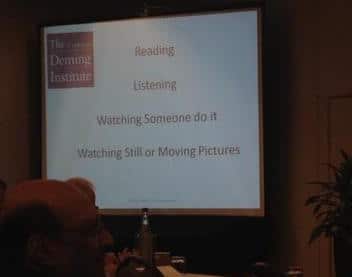
10. Executive Director of the Deming Institute, Kevin Cahill (Dr. Deming’s Grandson) shared several “ah-ha’s” including a lesson from his grandfather that we need to realize that people learn in different ways. This is management’s job. If management is too quick to assign blame to the individual (let them go from the company), then management is at fault. He also learned that Deming would not provide answers, but direction. Kevin was asking for advice and his grandfather simply said, “150”. Kevin learned that the direction he needed could be found on page 150 of Dr. Deming’s book. Which one? Kevin would have to figure that out.
9. Fred Warmbier, President of Finishing Technology, Inc., is an example of a leader. He leads with humility and learns continually. He has a series of blog posts in the NY Times titled “You’re The Boss“. I highly recommend them.
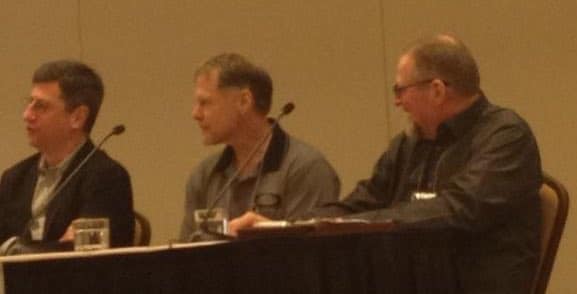

8. Terrific presentation by two middle school teachers who are making a real difference in their lives and the lives of their students. The presentation was “The Change In The Game – Two Beginner’s Approach To Transforming The Lives Of Middle School Students Through Deming’s Philosophy”. What was the number one thing that student’s wanted from their teachers? Tell us that you love us.
7. Example of application of Deming’s management philosophy in healthcare – treatment of diabetes mellitus in Tabasco, Mexico.
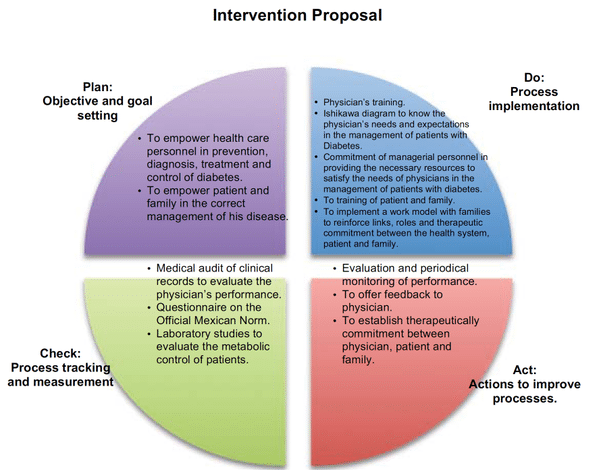

6. Full automation in the clinical pathology laboratory may be good for the pocket-books of the equipment vendors, but it will not help employees cope and it is not cost effective. Semi-automated system costs $0.55 per slide, versus $2.51 per slide. That’s a no-brainer.
5. Another great presentation featuring Deming philosophy applied to education. A teacher and principal from Leander School District. They have a book that tells their story. Start somewhere, you don’t need to have everyone “on board”.
4. Great presentation from Inova Health System – “From Personal To Organizational Transformation – When The Student Is Ready, The Teacher Will Appear.” Use strategic coaching to create the critical mass, do not “train the masses”.
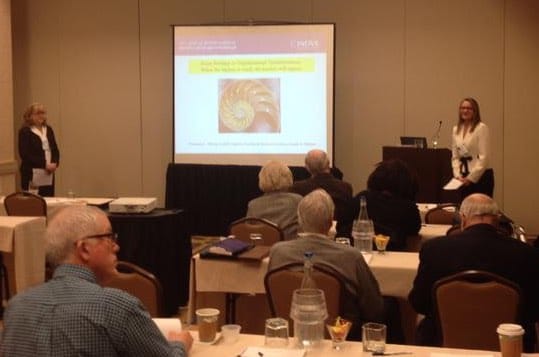

3. Gordon McGilton and team from Jet-Hot Company. Deming taught people to see their organization (and their place in the organization) as a system.
At Jet-Hot, they designed a way for everyone to see how they are doing “right now” as a part of the system.
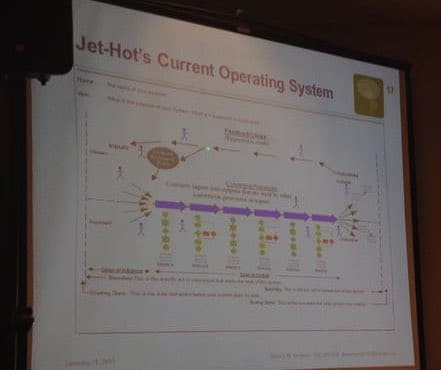
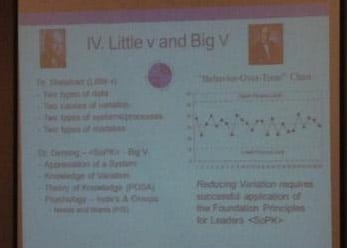
2. Another guy talking about importance of understanding variation – Tim Clark “The Deming Paradigm For Reducing Variation: Unknown By Most, Misunderstood By Many, Relevant To All”. He wrote a book, which I plan to read.
1. Jim Benson (personal kanban guy) provided a brilliant presentation “Overwhelmed Is Under Thought – Reducing Overload To Create A Balanced Worker”. Click on the image below to watch a short video.

As far as my presentation “Understanding and Misunderstanding Variation In Healthcare [broken link removed]”, I am pleased how that went. As I told the audience, “I think I am about 50% there as far as writing this paper”. I have some more ideas to add, and some more people to talk to. I also have some ideas about topics for next year’s research summit.
Mike Stoecklein authors the Gemba Walkabout blog [broken link removed]. “Gemba walk” (lean thinking term) to go to the actual place where value is added + “walkabout” (Australian aborigine) a short period of wandering bush life engaged as an occasional interruption of regular work.
Related: We Need to Understand Variation to Manage Effectively – 2013 Annual Deming Conference Recap, Homecoming At Purdue – Application of Deming’s System of Profound Knowledge in Healthcare – LeanBlog Podcast #156: Mike Stoecklein, Memories of Working with Deming



